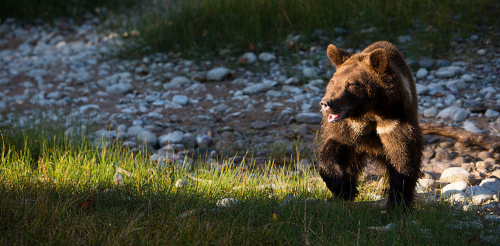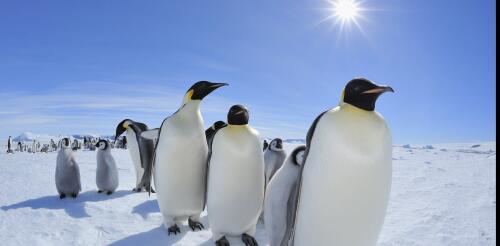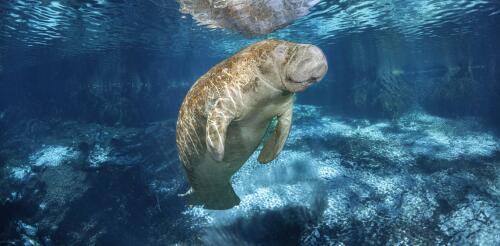Endangered Species Act
Montanans know spring has officially arrived when grizzly bears emerge from their dens. But unlike the bears, the contentious debate over their future never hibernates. New research from my lab reveals how people’s social identities and the dynamics between social groups may play a larger role in these debates than even the animals themselves. Social scientists like me work to understand the human dimensions behind wildlife conservation and management. There’s a cliché among wildlife biologists that wildlife management is really people management, and they’re right. My research seeks to understand the psychological and social factors that underlie pressing environmental challenges. It is from this perspective that my team sought to understand how Montanans think about grizzly bears. To list or delist, that is the question In 1975, the grizzly bear was listed as threatened under the Endangered Species Act following decades of extermination efforts and habi...
Gray wolves were reintroduced to Colorado in December 2023, the latest attempt in a decadeslong effort to build up wolf populations in the Rocky Mountain states. SciLine interviewed Joanna Lambert, professor of wildlife ecology and director of the American Canid Project at the University of Colorado Boulder, who discussed how and why gray wolf populations declined in the U.S. and the value of reintroducing them to ecosystems in the West. Dr. Joanna Lambert discusses the gray wolf restoration campaign. Below are some highlights from the discussion. Answers have been edited for brevity and clarity. How can protecting gray wolf populations affect ecosystems? Joanna Lambert: Apex predators, and predators in general, are disappearing from landscapes around the planet. Without apex predators, their prey species can become overly abundant. But when apex predators are reintroduced, prey populations decrease and vegetation can rebound. So in cert...
Emperor penguins thrive on Antarctica’s coastlines in icy conditions any human would find extreme. Yet, like Goldilocks, they have a narrow comfort zone: If there’s too much sea ice, trips to bring food from the ocean become long and arduous, and their chicks may starve. With too little sea ice, the chicks are at risk of drowning. Climate change is now putting that delicate balance and potentially the entire species at risk. In a recent study, my colleagues and I showed that if current global warming trends and government policies continue, Antarctica’s sea ice will decline at a rate that would dramatically reduce emperor penguin numbers to the point that almost all colonies would become quasi-extinct by 2100, with little chance of recovering. That’s why the U.S. Fish and Wildlife Service finalized a rule on Oct. 26, 2022, listing the emperor penguin as “threatened” under the Endangered Species Act, effective Nov. 25, 2022. The director of th...
The gentle, slow-moving Florida manatee has no natural predators. And yet, these charismatic mammals face numerous threats. Manatees are struck by vessels in busy waterways across the state, and a majority bear scars from these collisions. Harmful algal blooms – characterized by the rapid growth of algae that degrades water quality – can impair their nervous systems. With less blubber, or fat, compared with other marine mammals like whales, dolphins, seals and sea lions, manatees are vulnerable to cold-stress syndrome during winter months. And they can ingest or get entangled in marine debris like derelict fishing gear and drown or be crushed by floodgate and water control structures. I am a doctoral candidate in marine biology at Florida International University’s Institute of Environment. Over the past 15 years, I have gained extensive experience working with marine mammals, particularly manatees. Recently, my colleagues at the United States Geologi...



